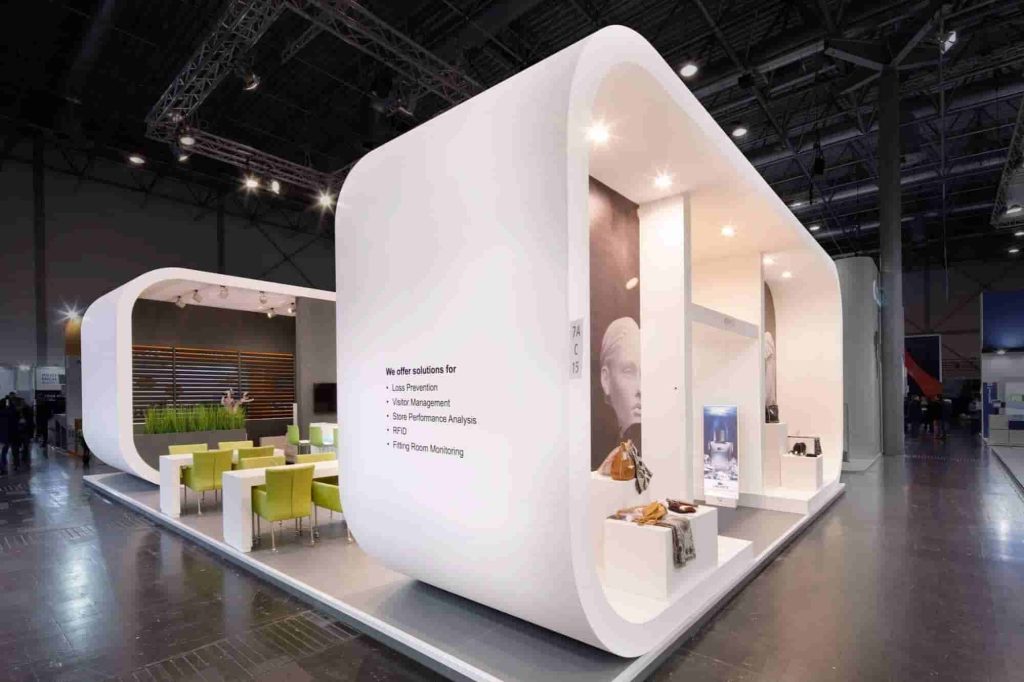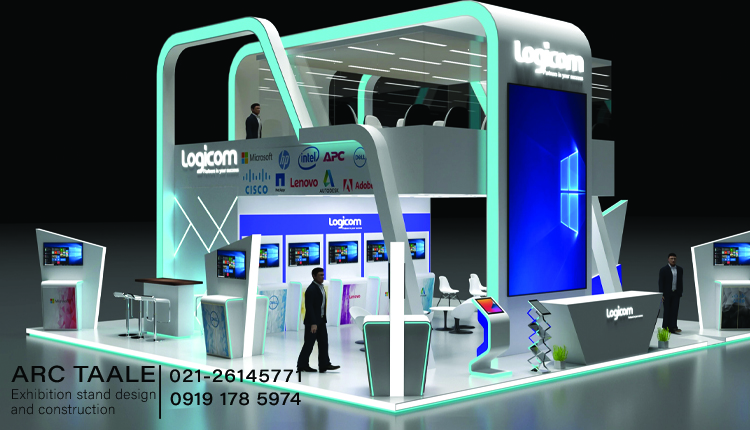Designing a museum exhibition stand requires careful consideration of various factors to create a space that not only showcases artifacts or artworks effectively but also engages and educates visitors. Here are some key steps to design a museum exhibition stand:
Features of the museum exhibition stand
Museum exhibition stands serve as the canvas upon which the rich tapestry of history, art, and culture unfolds. These platforms are meticulously designed to not only showcase artifacts but to transport visitors into immersive realms that breathe life into the narratives they house. In this exploration, we delve into the myriad features that make museum exhibition stands true masterpieces in their own right.
Architectural Elegance
The first glance at a museum exhibition stand is often a visual treat, as architectural elegance takes center stage. The design harmoniously blends form and function, providing a sophisticated backdrop that enhances the overall aesthetic appeal of the displayed artifacts.
Lighting Mastery
Illumination plays a pivotal role in highlighting the nuances of each exhibit. Museum exhibition stands employ cutting-edge lighting techniques, carefully curated to accentuate details, evoke emotions, and create a captivating atmosphere that draws visitors into the heart of the narrative.
interactive Technology
Modern exhibition stands seamlessly integrate interactive technologies, transforming passive observers into active participants. Touchscreens, virtual reality, and augmented reality elements engage visitors in a dynamic exploration, offering a hands-on and immersive experience.
Thematic Cohesion
A well-designed exhibition stand weaves a coherent narrative, guiding visitors through a thematic journey. The thoughtful arrangement of artifacts and displays creates a seamless flow, enhancing understanding and appreciation of the overarching story being told.
Multimedia Integration
In the digital age, museum exhibition stands leverage multimedia elements to breathe life into historical events and cultural phenomena. From audiovisual presentations to multimedia installations, these features transcend traditional boundaries, appealing to diverse learning styles.
Accessibility and Inclusivity
Museum exhibition stands are designed with accessibility in mind, ensuring that everyone, regardless of physical abilities, can engage with and enjoy the exhibits. Inclusivity features such as Braille descriptions, audio guides, and wheelchair-friendly layouts enrich the visitor experience.
Environmental Considerations
As custodians of culture and history, museums are increasingly embracing eco-friendly practices. Exhibition stands incorporate sustainable materials and energy-efficient lighting, contributing to the global movement towards a greener, more sustainable future.
Special tips for museum exhibition stand design
Designing a museum exhibition stand is a delicate art that goes beyond aesthetics; it is about creating an immersive experience that breathes life into artifacts and captivates visitors. In this exploration, we unveil a set of special tips that elevate museum exhibition stand design, transforming it into a conduit for storytelling and cultural enrichment.
Purposeful Storytelling
At the heart of every museum exhibition stand is a story waiting to be told. Before the design process begins, define the narrative. Whether it’s a chronological journey through history or a thematic exploration, the stand should serve as a coherent storyteller, guiding visitors on an enriching and purposeful journey.
Spatial Flow and Layout
Consider the flow of space within the exhibition stand. A well-thought-out layout guides visitors seamlessly from one exhibit to another, creating a natural progression. Strategic placement of artifacts ensures a captivating experience, preventing overcrowding and allowing each piece to shine in its own spotlight.
Interactive Elements
Incorporate interactive elements that encourage visitor engagement. Touchscreens, audio guides, and hands-on installations transform the exhibition stand into an immersive environment. These elements not only educate but also leave a lasting impression, fostering a deeper connection between the audience and the exhibits.
Flexibility and Adaptability
Design exhibition stands with flexibility in mind. Anticipate changes in exhibits or themes over time, ensuring that the stand can adapt without losing its coherence. Modular components and versatile layouts provide the agility needed to accommodate evolving collections and storytelling approaches.
Inclusive Design Principles
Prioritize inclusivity in the design process. Ensure that the exhibition stand is accessible to people with varying abilities. Incorporate features like ramps, tactile elements, and multilingual signage to make the museum experience enriching for a diverse audience.
read more
How to attract people to museum exhibition stand
Capturing the attention of museum-goers amidst the myriad of exhibits requires a thoughtful approach that combines creativity, engagement, and a touch of intrigue. In this guide, we explore strategies to attract people to museum exhibition stands, transforming casual observers into eager participants in the rich tapestry of cultural exploration.
Eye-Catching Displays
The first step to attracting visitors is through visually striking displays. Curate exhibits that immediately capture attention, whether through bold colors, unique artifacts, or innovative installations. Aesthetic appeal creates an initial curiosity that beckons individuals to explore further.
Thematic Signage and Storytelling
Craft compelling signage that communicates the overarching theme of the exhibition. Cleverly narrate stories through concise and engaging captions, arousing curiosity and compelling visitors to delve deeper into the narratives presented within the exhibition stand.
Interactive Elements
Incorporate interactive elements that encourage hands-on exploration. Touchscreens, tactile exhibits, or interactive multimedia displays create an immersive experience, transforming passive observers into active participants. The allure of interaction adds an element of fun and engagement.
Engaging Events and Programs
Enrich the museum experience with scheduled events and programs. Workshops, guided tours, and live demonstrations create a dynamic atmosphere, providing visitors with an opportunity to deepen their understanding while fostering a sense of community within the museum space.
Social Media and Digital Promotion
Harness the power of social media to create a buzz around the exhibition. Share captivating visuals, behind-the-scenes content, and teasers to generate interest. Encourage visitors to share their experiences online, turning the exhibition into a trending topic that extends beyond the physical space.
Collaborations and Partnerships
Forge partnerships with local influencers, artists, or community organizations. Collaborative efforts not only broaden the reach of the exhibition but also bring diverse perspectives, attracting different audiences who may be drawn to the unique blend of expertise and creativity.
Visitor-Centric Amenities
Consider the comfort of your visitors. Provide seating areas, water stations, and rest zones within the exhibition space. Creating a welcoming environment enhances the overall visitor experience, encouraging them to spend more time exploring the exhibits.
Curiosity-Provoking Marketing Campaigns
Craft marketing campaigns that spark curiosity. Tease upcoming exhibits with intriguing glimpses or mysterious hints. Create a sense of anticipation that lingers in the minds of potential visitors, compelling them to seek out the answers within the museum’s exhibition stand.
Attracting people to museum exhibition stands is an art that involves a harmonious blend of visual allure, interactive experiences, and strategic promotion. By implementing these strategies, museums can transform their exhibits into vibrant hubs of cultural engagement, inviting individuals to not just observe history and art but to actively participate in the narratives that unfold within their walls.


